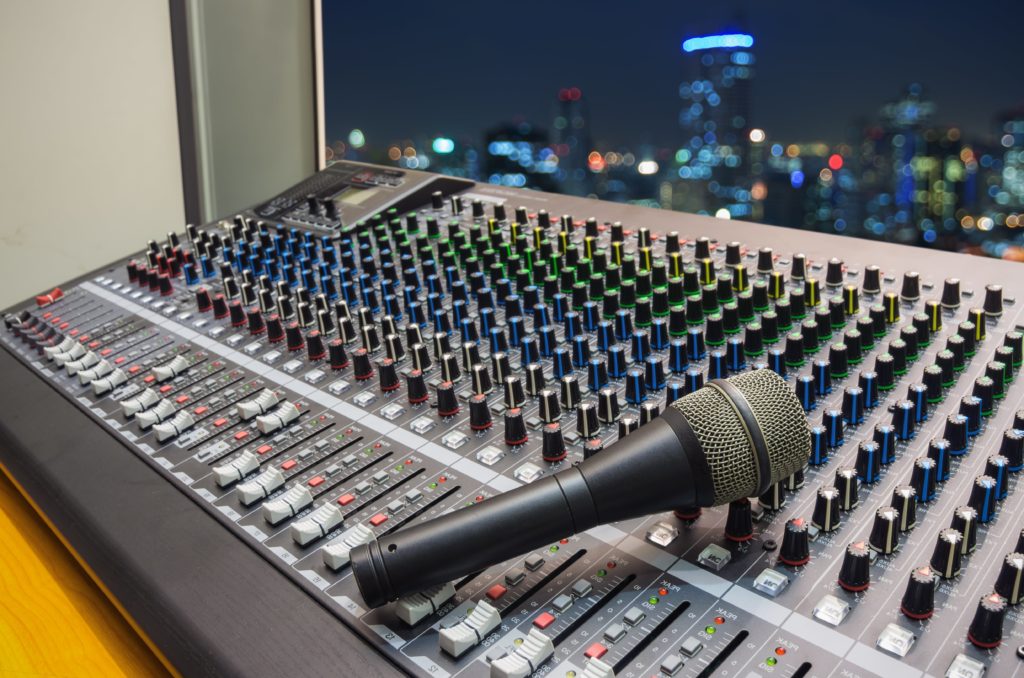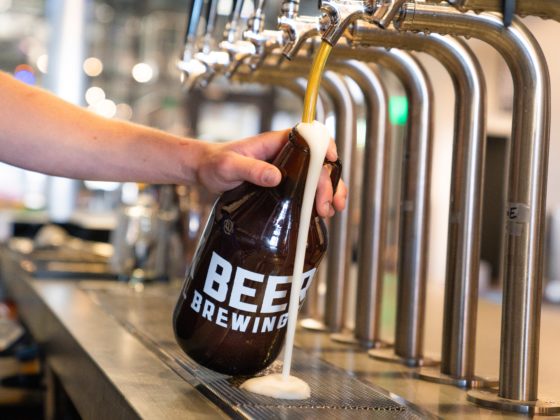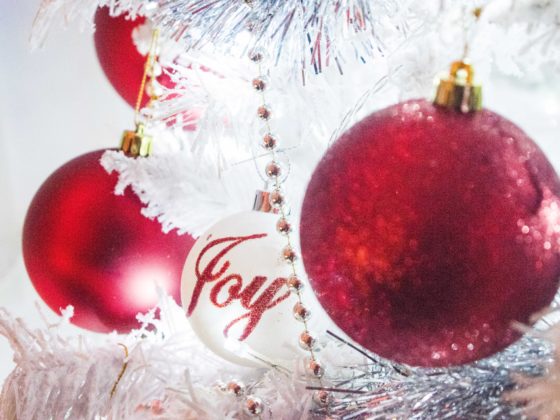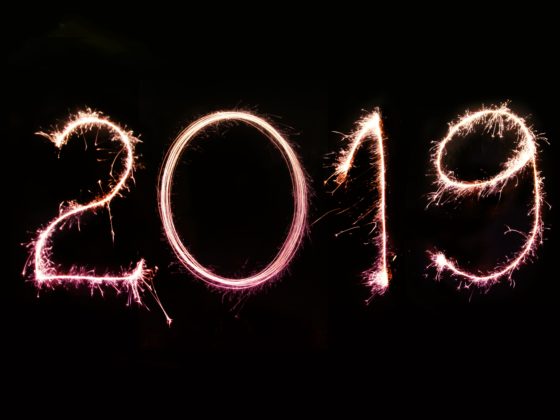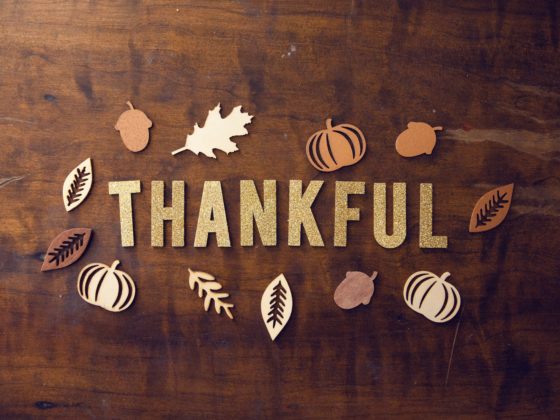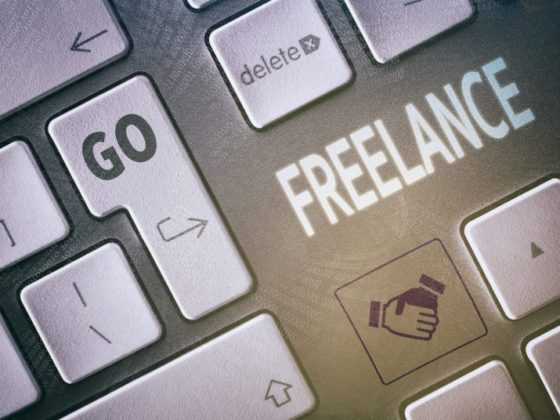Sound designer Ed Kaufman of Coupe Studios provides post production insight for any video production crew wanting to understand more about how to best make dialogue, music, and audio pieces all fit together!
Q: How did you get your start in the industry?
A: As a young musician, I took an interest in recording and album production. After playing professionally with rock bands and burning out on life on the road, I worked in music stores learning about the gear. In the mid 80’s, I sold a piece of recording gear to my future partner—Scott Roche of Coupe Studios. He asked me to work with him at his fledgling 16-track studio. We’re still working together!
Q: What is one piece of advice you always follow?
A: Philosophically, just follow your passion. My dad told me that one. On the practical side, I tell all young engineers to double-check their work before they send it. It saves a lot of grief.
Q: What does a video production crew need to know about how the dialogue, music, and audio pieces all fit together?
A: I first learned to mix by doing music projects. I like to approach all mixing from that background. In a rock song, you build the energy first by creating a cohesive and punchy foundation from the rhythm section. The rest of the layers—the melody, both vocal and instrumental—are added to that core.
In commercials, documentaries, and other pieces with visual elements, the dialogue and narration are usually the core of the soundtrack. You build from there. So it works for me to mix from the top down with music, effects, and production sound—all used to support and drive the emotion and credibility of the spoken word. When a scene is more visual and less spoken, the music track builds the intensity and the mood, giving the opportunity for good sound design. Whatever the audio component available, the goal is to enhance storytelling and its emotional impact on the audience.
Q: How does sound design contribute to communicating the message/story of the piece?
A: In live-action, literal (real) sound effects bring viewers into the scene while non-literal (cartoon, for example) sound effects create the feeling of viewing from a distance. In animated pieces, the literal sounds versus non-literal effects greatly change the mood and message. In addition, adding reverb or delay can put words or sounds into thoughts or a dream.
Q: What makes a well-designed finished product?
A: A good audio mix becomes one with the visual, revealing the story. For my part, that often starts with lots of dialogue smoothing and noise reduction. After that, I choose production sounds that work and replace what doesn’t, and then I add sound effects that make the soundtrack bigger. Finally, I finish with the music bed, which brings the emotional effect. If I have enough time to fully develop the project, the director is usually surprised at the final product because of the transformation through the sound mixing process. It’s a whole new experience—even for those most intimate with the project.
Q: What do you do when the sound quality is bad?
Sometimes, potential clients make poor decisions onset or just have bad luck with location sound. Although there’s always something that can be done, big improvements can be very labor-intensive and costly. I do my best with all the technology available, but there’s no substitute for good decisions. I sometimes spend a lot of time polishing the proverbial turd.
Q: Why is sound design worth investing in?
For the audience, the soundtrack is half of the experience of any animated or live-action video piece. Some clients tend to worry only about the visuals and ignore the audio. I strongly believe that if the audio isn’t enhanced, it will detract from the visuals. On the other hand, a good sound design will intensify the visual experience. If you are an audio guy like me, you surely know that most people use their eyes more than their ears. I’m always noticing sounds that no one else around me does. But even so, I know that a good soundtrack will add a sense of quality and impact to a video project that everyone will notice.
Q: Do you have any suggestions for studying exceptional sound design?
I think the best advice, especially for a young sound designer, is just to open their ears up to the everyday world around them. In so many situations, that’s what we’re all trying to recreate. Take a moment to listen and study everyday environments. Listen for what makes things sound far and close, busy and still, outside and inside. Knowing what goes on in the real world can also help you push the audio boundaries for unreal worlds with more sophistication. Imagination is key. Keeping a childlike wonder about our world is a powerful tool for developing an effective sound design.
About Crew Connection:
Crew Connection connects you with video production crews across the country and around the globe. With more than 25 years of experience and thousands of shoots with film crew pros to our credit, you can trust our expert coordinators to match you with the right freelance video crew and equipment—every time.
